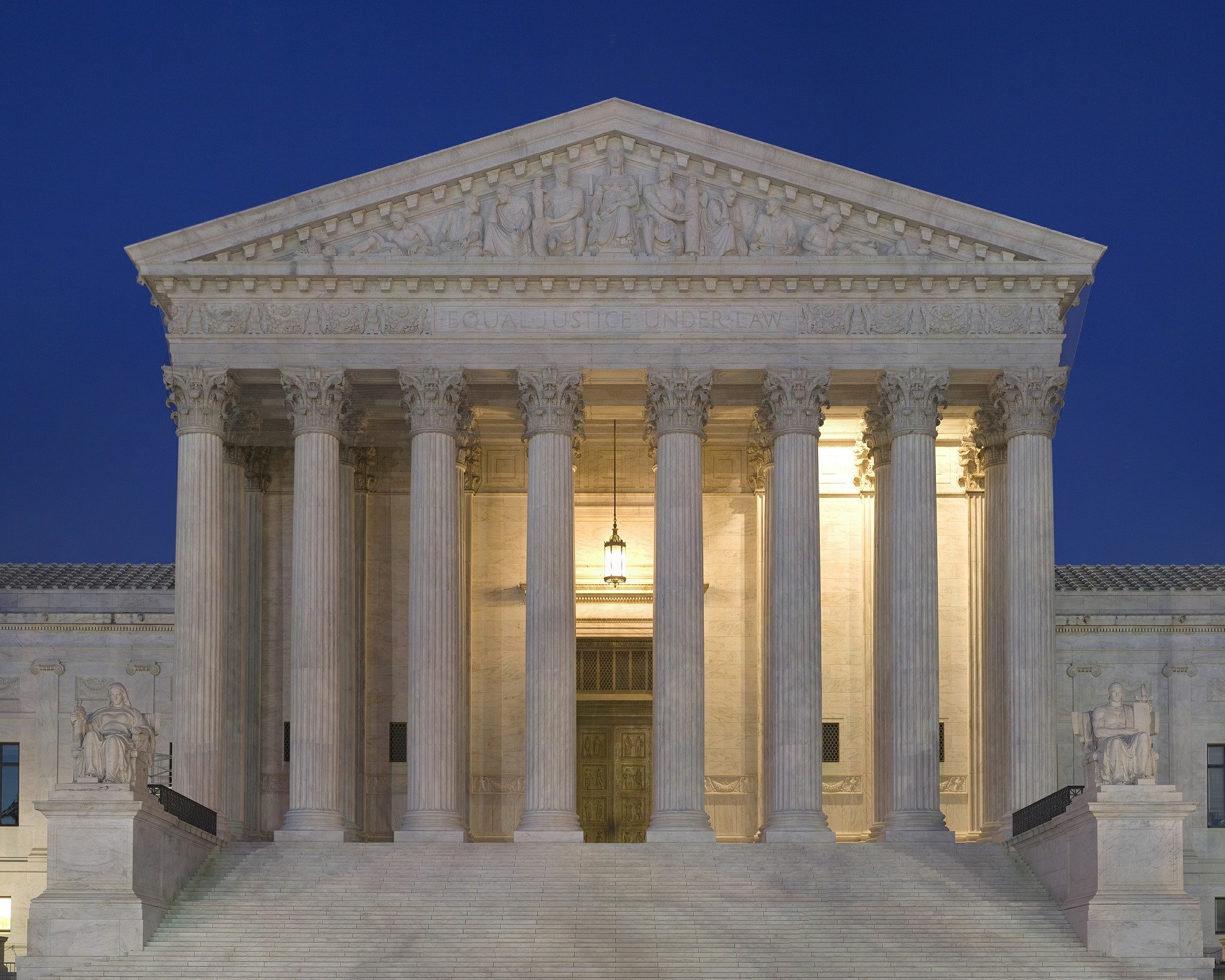Earlier this week, the United States Supreme Court handed down a controversial decision upholding the President’s latest travel ban in the case Trump, President of the United States, Et Al. v. Hawaii Et Al. The 5-4 decision reflected a deeply divided court, but ultimately the conservative justices on the court banded together ruling in favor of the Trump administration.
Chief Justice Roberts, joined by Justices Kennedy, Thomas, Alito, and Gorsuch, ruled that the latest travel ban was “squarely within the scope of Presidential authority.” Justices Breyer, Kagan, Sotomayor, and Ginsburg dissented. Despite concurring with the majority opinion Justice Kennedy added, “An anxious world must know that our Government remains committed always to the liberties the Constitution seeks to preserve and protect, so that freedom extends outward, and lasts.”
As you may recall in September of 2017 the President issued Executive Order No. 9645, entitled “Enhancing Vetting Capabilities and Processes for Detecting Attempted Entry into the United States by Terrorists or Other Public-Safety Threats.” The purpose of this executive order was to identify any deficiencies from several foreign countries needed to adequately assess whether nationals from particular countries seeking to enter the United States presented security or safety threats to the United States. The order specifically called for global requirements for information sharing among these countries, and increased immigration screening and vetting of individuals from particular countries of concern. The President exercised his broad authority under the constitution to place entry restrictions on nationals of eight foreign countries whose information systems for managing and sharing information about their nationals was deemed inadequate by the current administration. These countries included—Chad, Iran, Libya, North Korea, Syria, Venezuela, Yemen, and Somalia.
The third travel ban placed entry restrictions on certain classes of immigrants and non-immigrants that were based on the “distinct circumstances” of each country. The restrictions prevented the entry of the following classes of immigrants and non-immigrants:
- Chad: all immigrants and non-immigrants (including B-1 and B-2)
- Iran: all immigrants and non-immigrants except for F, M, and J visa holders but Iranian nationals seeking these types of visas will be subject to enhanced vetting
- Libya: all immigrants and non-immigrants (including B-1 and B-2)
- North Korea: all immigrants and non-immigrants
- Syria: All immigrants and non-immigrants
- Venezuela: Limited to suspension of the entry of certain government officials of agencies in Venezuela and their immediate relatives visiting the United States on non-immigrant B-1 or B-2 visas. Nationals of Venezuela “who are visa holders” may be subject to additional measures to ensure that their traveler information is current.
- Yemen: all immigrants and non-immigrants (including B-1 and B-2)
- Somalia: all immigrants. Visa adjudications for nationals of Somalia and decisions regarding their entry as non-immigrants may be subject to additional scrutiny to determine connections to terrorist organizations or threats to national security and public safety.
- The Secretary of Homeland Security has recommended that nationals of Iraq be more heavily scrutinized when seeking entry to the United States to determine any potential terrorist risk they pose to the United States.
The travel ban did not affect lawful permanent residents of the United States, or foreign nationals who were granted asylum from these countries, as well as refugees admitted to the United States, or dual national starveling on a passport from a non-designated country.
The Plaintiffs in the case before the Supreme Court included three individuals from the state of Hawaii with foreign relatives from the particular countries outlined above, whose entry into the United States was barred by the President’s travel ban. In addition, the Muslim Association of Hawaii joined these individuals to challenge the President’s executive order on the basis that it violated the Establishment Clause of the U.S. Constitution.
Holdings
The Supreme Court upon considering the arguments on both sides ruled as follows:
- The President lawfully exercised his broad discretion to suspend the entry of aliens from the United States
- The Court ruled that section 1182(f) entrusts the President with the discretion to decide whether and when to suspend entry, whose entry to suspend, for how long, and on what conditions, vesting the President with “ample power” to impose entry restrictions on particular classes of aliens.
- The President reached his burden set forth in 1182(f) of proving that the entry of the class affected “would be detrimental to the interests of the United States”
- Plaintiffs failed to show that a conflict existed between the executive order and the INA that would bar the President from addressing any deficiencies in the country’s vetting system
- Section 1152(a)(1)(A) of the law does not prevent the President from exercising his authority to suspend entry on the basis of nationality
- The admission and exclusion of foreign nationals is a “fundamental sovereign attribute exercised by the Government’s political departments largely immune from judicial control”
- Three features of the President’s policy support the government’s claim that a legitimate national security interest exists (1) Since the President first introduced the entry restrictions in January 2017, three countries (Iraq, Sudan, and Chad) were removed from the list (2) for countries subject to entry restrictions, exceptions exist for various categories of foreign nationals (3) the President’s executive order provides a waiver option to all covered foreign nationals seeking entry as either immigrants on non-immigrants.
- The Government met its burden of proof showing a sufficient national security justification to survive the rational basis standard of review.
The Supreme Court’s decision effectively reverses a prior decision by the 9th Circuit court which previously ruled that the executive order violated two provisions of the INA section 1182(f) and section 1152(1)(A).
The Trump administration has surely found an ally in the U.S. Supreme Court. At this time the conservatives hold control of the bench. Just one day following the decision, Justice Kennedy announced his plan to retire from the bench effective July 31, giving the President another conservative nomination to the Supreme Court.
 Visa Lawyer Blog
Visa Lawyer Blog




